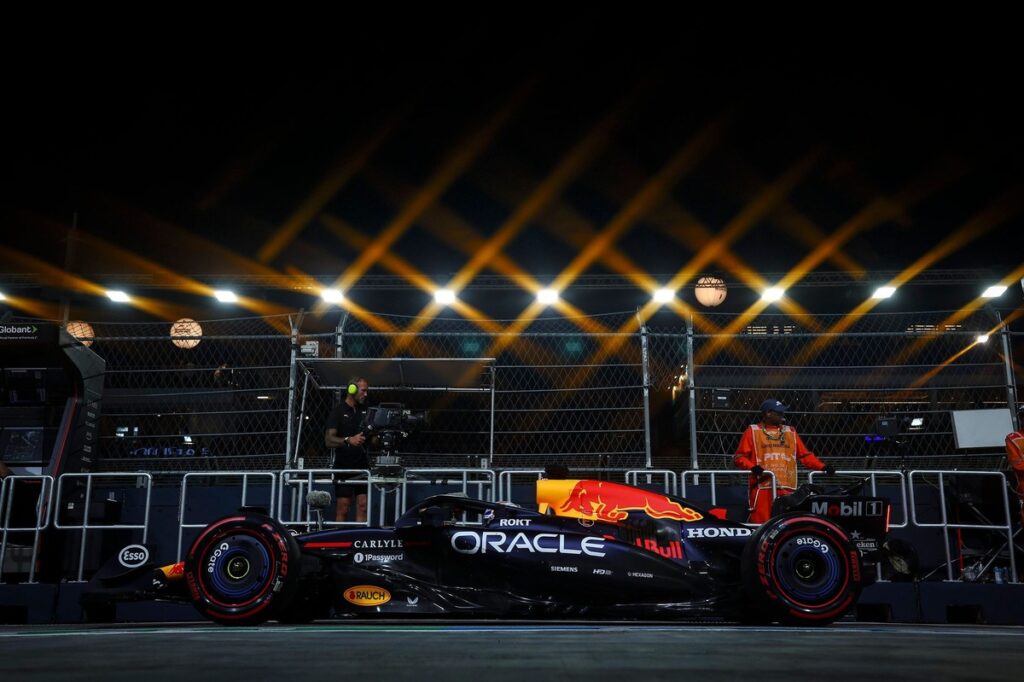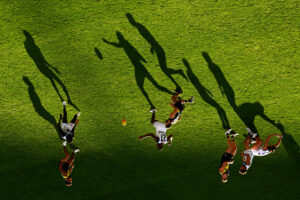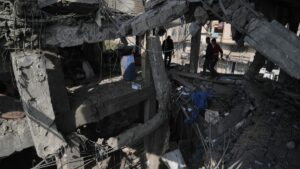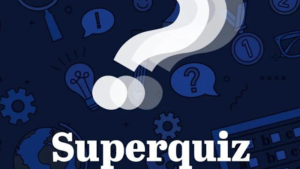
Oscar Piastri showcased his formidable skills during the Friday practice sessions for the Singapore Grand Prix, clocking in the fastest lap at 1m30.714s. This impressive performance placed him ahead of his competitors, including Lando Norris, who finished fifth, and Max Verstappen, who secured third place. The small time gap for Red Bull is particularly notable, as Singapore has historically posed challenges for Verstappen.
The second practice session faced interruptions due to incidents involving Mercedes driver George Russell, followed by Liam Lawson crashing into the wall. These accidents resulted in extended red flag periods, limiting the teams to incomplete long-run data. Consequently, assessing the true pace of Verstappen remains uncertain.
A direct comparison between Piastri and Verstappen revealed intriguing insights. Both drivers recorded their personal best laps during the second practice and then proceeded to execute long runs without refueling in the same stint. Piastri began his long run with a time of 1m34.771s, while Verstappen trailed by approximately three-tenths of a second at 1m35.082s. Despite this initial slower pace, when averaged across all long-run laps, Verstappen ultimately outperformed Piastri by 0.134s per lap. However, the significance of this comparison is questionable due to unknown fuel levels and disrupted practice programs.
Helmut Marko, Red Bull’s motorsport advisor, expressed optimism after the session, stating, “It was the best Friday since I don’t know how many years here. So, we definitely made a step forward. I think in qualifying it will be within hundreds of seconds. But basically, Max is happy with the car. There are still some little things to adjust and in the end, it will be very, very tight.”
Verstappen’s performance still leaves room for enhancement, particularly in the final sector where he lost 0.146s. Telemetry data indicated that the RB21 struggled in Turns 5 and 18, which were crucial for maintaining competitive lap times.
McLaren and Red Bull Set for Intense Battle
With the current performance levels, it appears to be a close contest between McLaren and Verstappen at the front. In contrast, both Ferrari and Mercedes have not shown competitive speed. Lewis Hamilton had to abandon his fastest lap in the second practice, but analysis of his sector times suggested he could have achieved a time of 1m30.967s, placing him fifth and approximately two and a half tenths behind McLaren.
Ferrari continues to face challenges, particularly in the final sector, contributing to their slower times. However, there is cautious optimism from Charles Leclerc’s long run in the first practice, where he averaged about a tenth quicker than Verstappen, though conditions then were not representative.
Mercedes, on the other hand, did not perform a qualifying simulation on soft tyres during the second session. Russell’s crash limited their opportunities, and a long run conducted by Andrea Kimi Antonelli further muddied their true pace, with both drivers finishing in 18th and 20th places. The long-run data from FP1 revealed that both Mercedes cars were nearly a second slower than their Ferrari counterparts.
Midfield Teams Make Their Mark
The spotlight during Friday’s practice shifted towards the midfield teams, with Fernando Alonso setting the fastest time in FP1 with Aston Martin, finishing fourth overall. However, the Aston Martin squad did not complete long runs in either session, making it difficult to gauge their race pace accurately. Historical data from previous races suggests that Aston Martin tends to perform better in practice than during the race weekend.
Isack Hadjar, driving for Racing Bulls, surprised many by clocking the second-fastest time. Despite this performance, Hadjar’s long runs in FP1 were concerning, as he lost 1.33s per lap to Ferrari and trailed behind other teams. Despite being more suited for qualifying, the Racing Bulls’ performance could play a significant role during the race in Singapore, where overtaking is notoriously difficult.
In terms of race strategy, the increase in pitlane speed from 60 km/h to 80 km/h may not significantly alter the strategies teams employ, primarily due to Singapore’s challenging overtaking conditions. A delta of more than one second will likely be necessary for successful overtaking maneuvers.
Although the reduced pitlane delta from 29 seconds to approximately 26 seconds may provide some advantages, drivers could still find themselves stuck in traffic, negating any benefits. Tyre wear data from the first practice session were consistent with previous years, suggesting that a one-stop strategy remains four seconds faster than a two-stop approach. Only the occurrence of a safety car could realistically make the latter viable.
Simone Berra, chief engineer at Pirelli, noted, “The track is providing a good level of grip, partly because the organisers have done a good job with high-pressure water jets and because several sections have been resurfaced, offering more grip than last year. At first glance, all three compounds, including the soft, seem viable for the race.”
As the teams prepare for the Singapore Grand Prix, the competition is set to intensify, with McLaren and Red Bull leading the charge while Ferrari and Mercedes strive to find their form.







